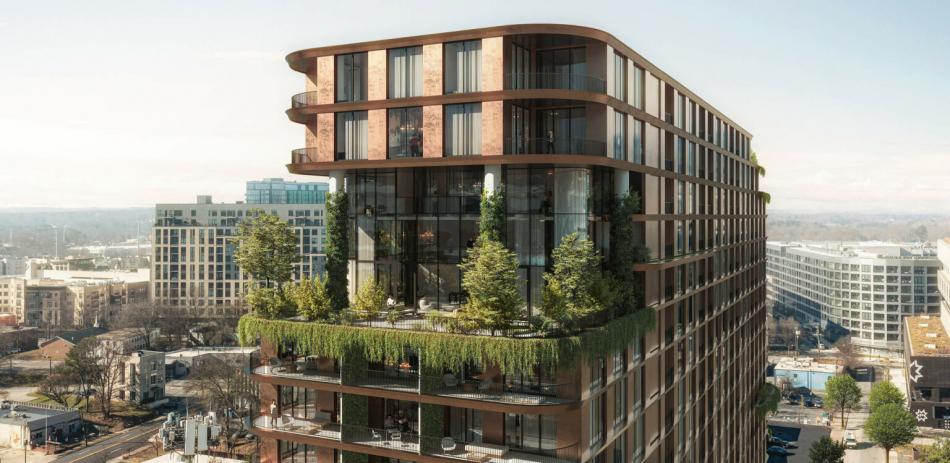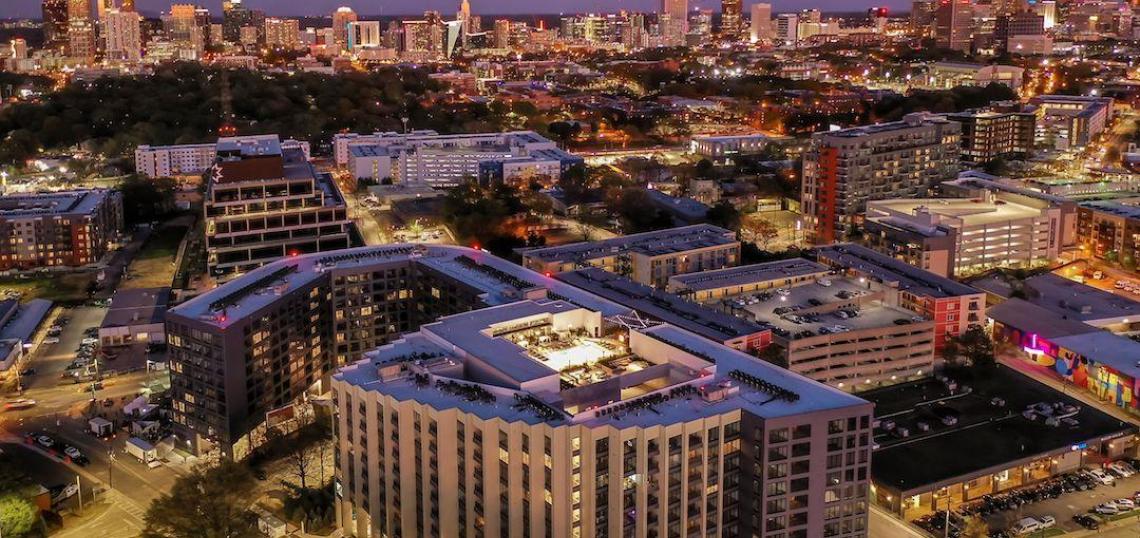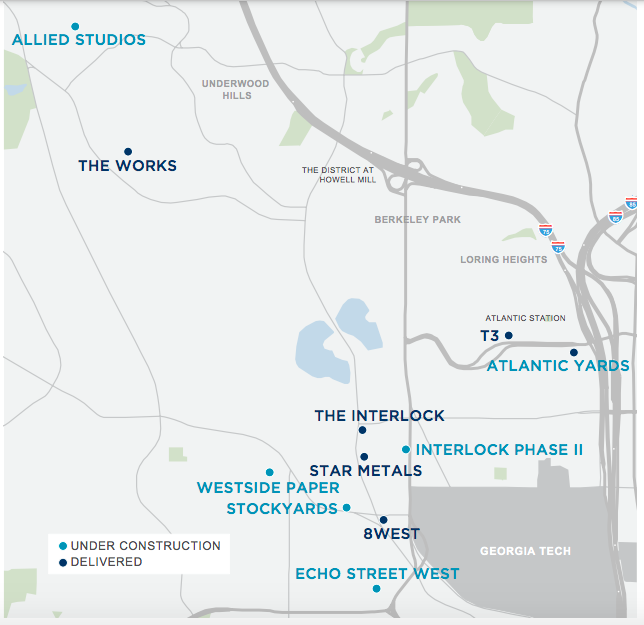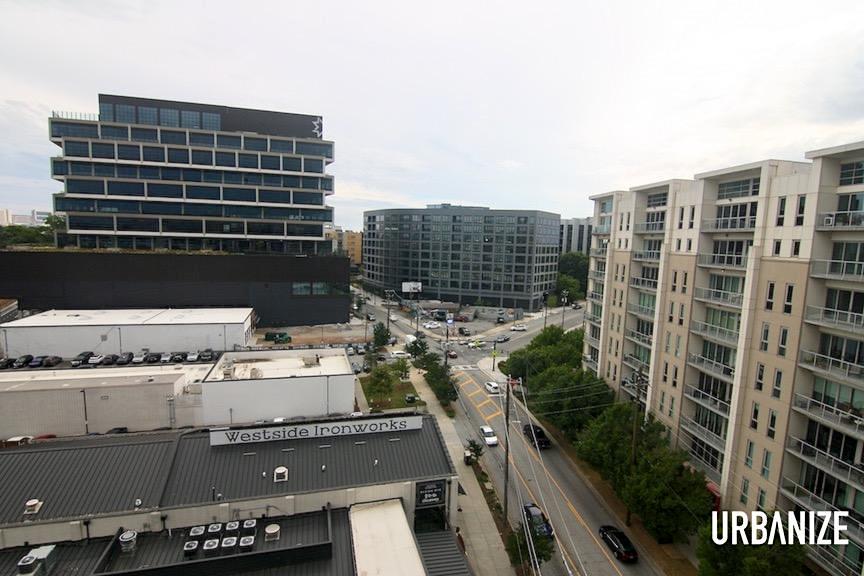Imagine you left Atlanta 20 years ago and came back for the first time today. Which streets and neighborhoods would be most shockingly different?
Like Old Fourth Ward and Memorial Drive on the eastside of town, the neighborhoods collectively called West Midtown, and the Howell Mill Road corridor in particular, would have to be high atop that list.
To help lend context as to what’s happened—and continues to happen at a rapid clip—global real estate services firm Cushman and Wakefield has compiled a market analysis that labels West Midtown “Atlanta’s New Horizon.” Chockfull of data covering multifamily, office, retail, and Big Tech growth, the report is a statistical smorgasbord for development wonks itching to get a handle on what’s going on.
Cushman and Wakefield, it should be noted, takes a broad slice of Atlanta into consideration under its use of the unofficial “West Midtown” moniker: an area stretching roughly from Atlantic Station to the Allied Studios project and The Works in Underwood Hills, and down to the Echo Street West development in English Avenue. The company loosely defines the “micromarket” as being west of the Connector and east of Marietta Boulevard.
Given recent Atlanta BeltLine construction, Cushman and Wakefield’s assertion that West Midtown has “direct BeltLine access” is more or less true, but unlike other places in Atlanta, that’s not been the primary driver for change.
Interest from technology companies and creative media firms described as “explosive” has been a major factor in reshaping the area in recent years—and ballooning office rents by a dizzying 425 percent in the past decade. It’s also attracted a younger population.
More than 78 percent of West Midtown’s population overall was born in 1981 or after—the millennial and Generation Z cohort, that is—which dwarfs the national average of 47 percent, per the analysis. About 71 percent of them hold a bachelor’s degree or higher.
Which brings us to what could be the most staggering statistics: Since 2019, almost 2,500 new multifamily units have delivered across West Midtown, most of them apartments. Yet occupancy remains relatively high at 92.5 percent. And that helps explain why another 1,220 units are under construction right now, according to Cushman and Wakefield’s findings.
 In renderings that caused a splash among urbanists when released, green elements are depicted on the Stella at Star Metals building's east facade, toward Midtown. Courtesy of Allen Morris Company; designs, Oppenheim Architecture
In renderings that caused a splash among urbanists when released, green elements are depicted on the Stella at Star Metals building's east facade, toward Midtown. Courtesy of Allen Morris Company; designs, Oppenheim Architecture
On the retail and restaurant front, the report calculates that more than 200 food and beverage options are doing business in West Midtown now, with more on the way.
Those include a half-dozen newer breweries and hotspots such as TopGolf, Chattahoochee Food Works, PuttShack, and the rooftop L.O.A. restaurant and pool complex.
Thankfully, a comprehensive transportation system has been implemented to accommodate the unyielding influx of people and commerce.
• Photo tour: L.O.A. is a rooftop attraction like Atlanta's never seen (Urbanize Atlanta)








